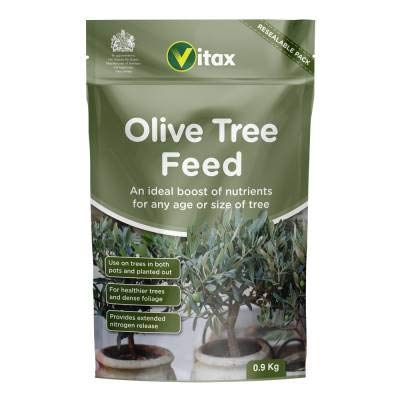How to prune olive trees - experts share their top tips to keep your olive tree thriving
Give your olive tree the opportunity to live its best life by following the experts' pruning advice
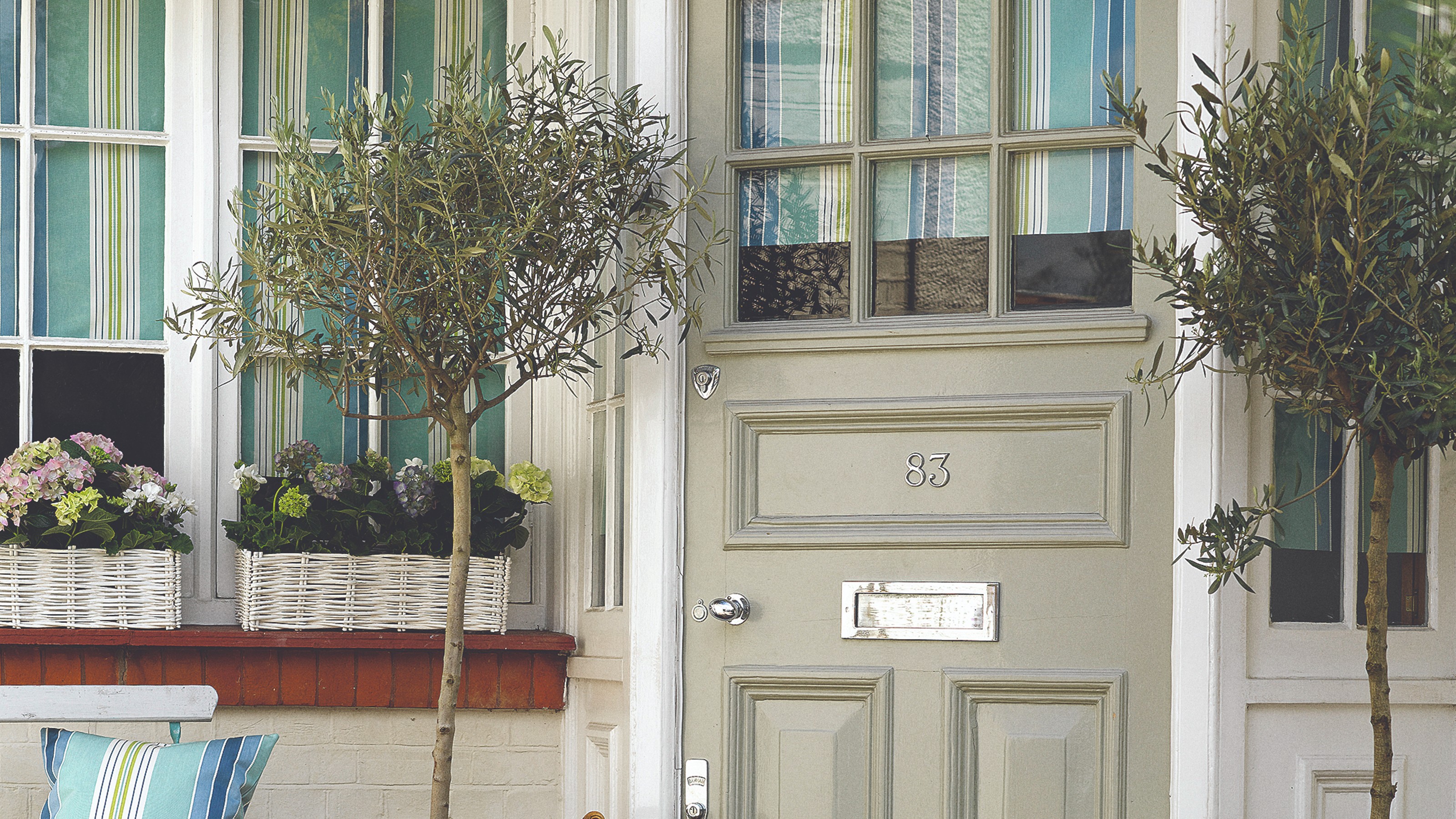

Olive trees are attractive and versatile features both inside the home and outdoors. Though they are generally low-maintenance, it’s important to know how to prune olive trees to keep these small garden trees looking as healthy as possible. You might even bag yourself some fruit as a reward.
'Pruning olive trees is essential for maintaining their health and ensuring you give your tree the best chance at producing olives as the fruit grows on new wood,' explains Jamie Shipley, gardening expert and Managing Director at Hedges Direct.
Olive trees are growing in popularity, and Tree2myDoor has seen a huge demand in recent years. Gareth Mitchell, Founder of Tree2MyDoor, explains why olive trees are a great choice for any home and garden space: ‘Olive trees thrive indoors and outdoors and are sure to add a touch of sophistication to any space.
'They are also evergreen, so will display distinctive silver-tinted leaves all year round.'
But how do you prune an olive tree? We’ve asked the experts for their top tips.


With a background in the environmental and charity sectors, Gareth grew up in Northern Ireland where he learnt about the many different species of local plant life, developing a strong desire for the conservation of the natural environment at an early age. He founded Tree2MyDoor in 2003 in a bid to supply greener products to consumers, and the business is now one of the UK’s leading sustainable gift brands.
How to prune olive trees
There are two golden rules for pruning, and they're backed up by a number of experts.
‘When it comes to pruning effectively, it helps to remember the three Ts: tools, timing and technique,’ says Gareth.
The second rule, according to Jamie Shipley, gardening expert and Managing Director at Hedges Direct, is the three Ds: dead, diseased, or damaged branches. These will help guide the cuts you need to make - but more on that shortly.
What you'll need
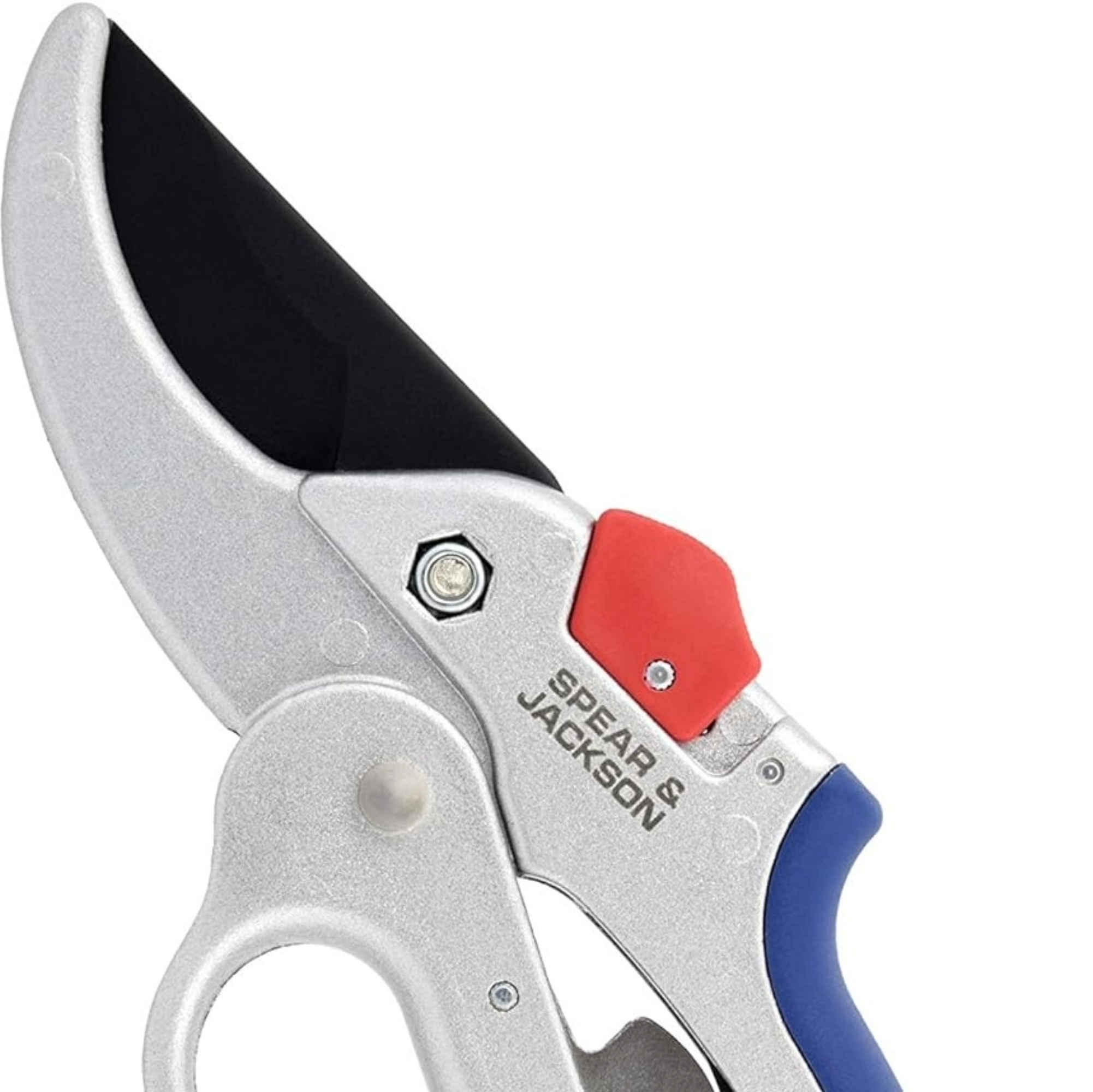
Take your pruning game to the next level with these Razorsharp Geared Anvil Secateurs from Spear & Jackson.
1. Setting up
Pruning any plant can be a daunting task, which is why it’s important to prepare before you start.
Using a decent pair of secateurs, loppers or pruning shears is essential, and knowing how to clean your garden tools will make the process even safer for your tree. 'Remember to use a pair of sharp secateurs to make a clean cut so your tree can heal the cut more quickly and fight off potential disease,' advises Jamie.
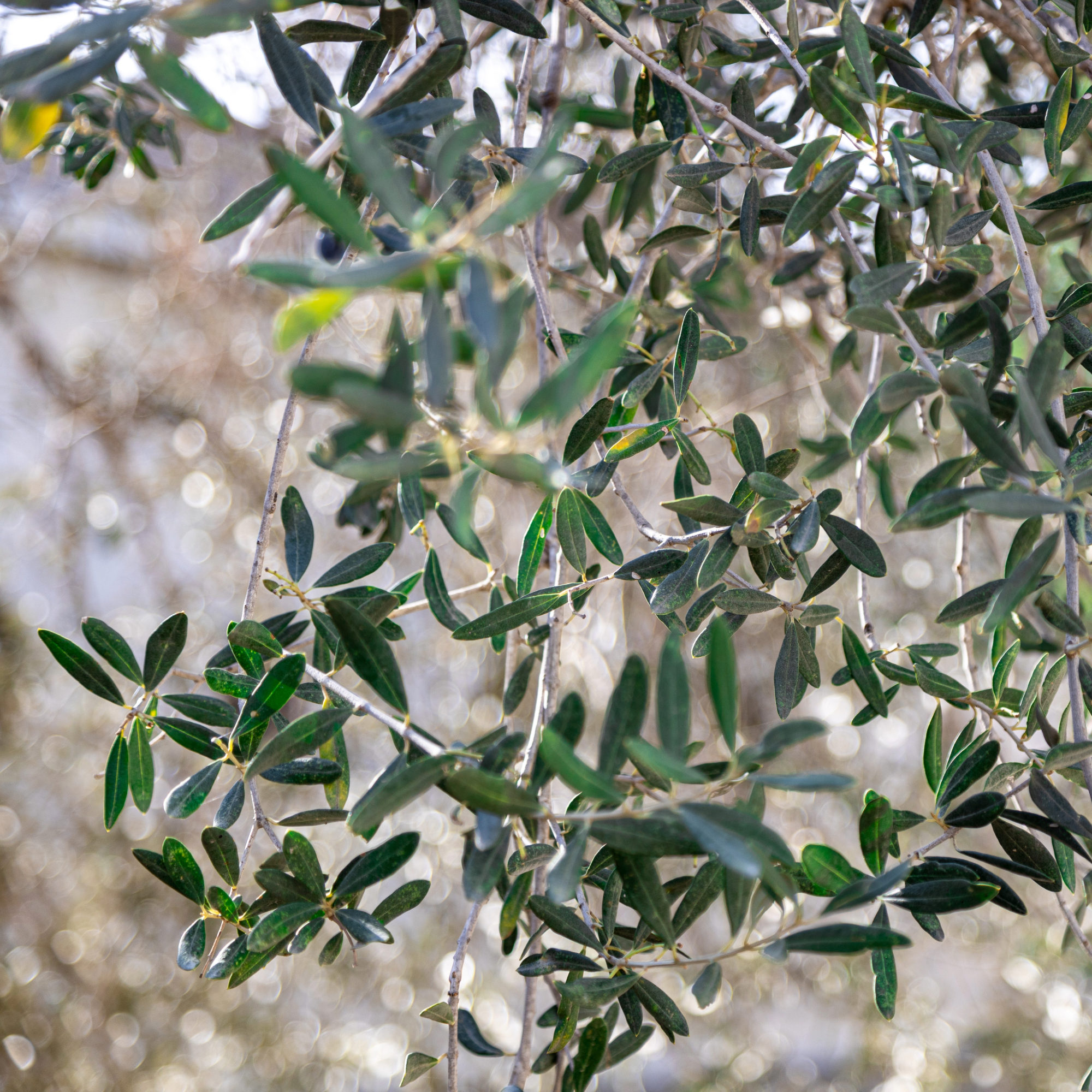
2. Making the first cuts
Start by cutting off any dead or diseased branches. Then, look at which growth is overcrowded.
'Thin out the branches by cutting back any that are crossing or rubbing against each other,' says Jamie. 'This improves air circulation and allows sunlight to reach the entire tree, which will hopefully lead to more fruit production.'
It’s also important to consider how you’re making each cut. ‘Always cut back the branch to the direction that you want the tree to grow, to help control the shape of the tree a little better and retain the desired shape,' says Morris Hankinson, Founder and Managing Director of Hopes Grove Nurseries.

Morris Hankinson is the Founder and Managing Director of Hopes Grove Nurseries Ltd, the UK’s only specialist grower-retailer of hedging plants. After graduating with a Commercial Horticulture Degree from Writtle College, Essex in 1992 Morris established the nursery the same year on a half-acre plot at the 25-acre family farm in Tenterden, Kent. The business soon grew to cover the whole farm and now grows hedging plants across three nursery sites in the beautiful Weald of Kent totaling 130 acres, employing 20 full-time local staff, and serving over 17000 customers each year.
3. Look downwards
Then, focus on the base of your olive tree - it's just as important as what's going on up in the branches.
Morris says, ‘Remove all suckers from the base of the tree. These suckers require energy to grow, and by removing them, the energy goes back into ensuring the strength and vigour of the tree.’

4. Shape it up
Next, you can think about how you want your tree to look. ‘Work to shape the tree into the classic lollipop or pom pom tree shape,’ says Gareth.
If you’re unsure, less is always more. As Gareth advises, ‘If in doubt, don’t cut!’
FAQs
Why should you prune an olive tree?
If you want to keep your olive tree at a certain height, Morris advises that you should simply remove the tallest branches. ‘This is often the case if you’re growing an olive tree in a container.’
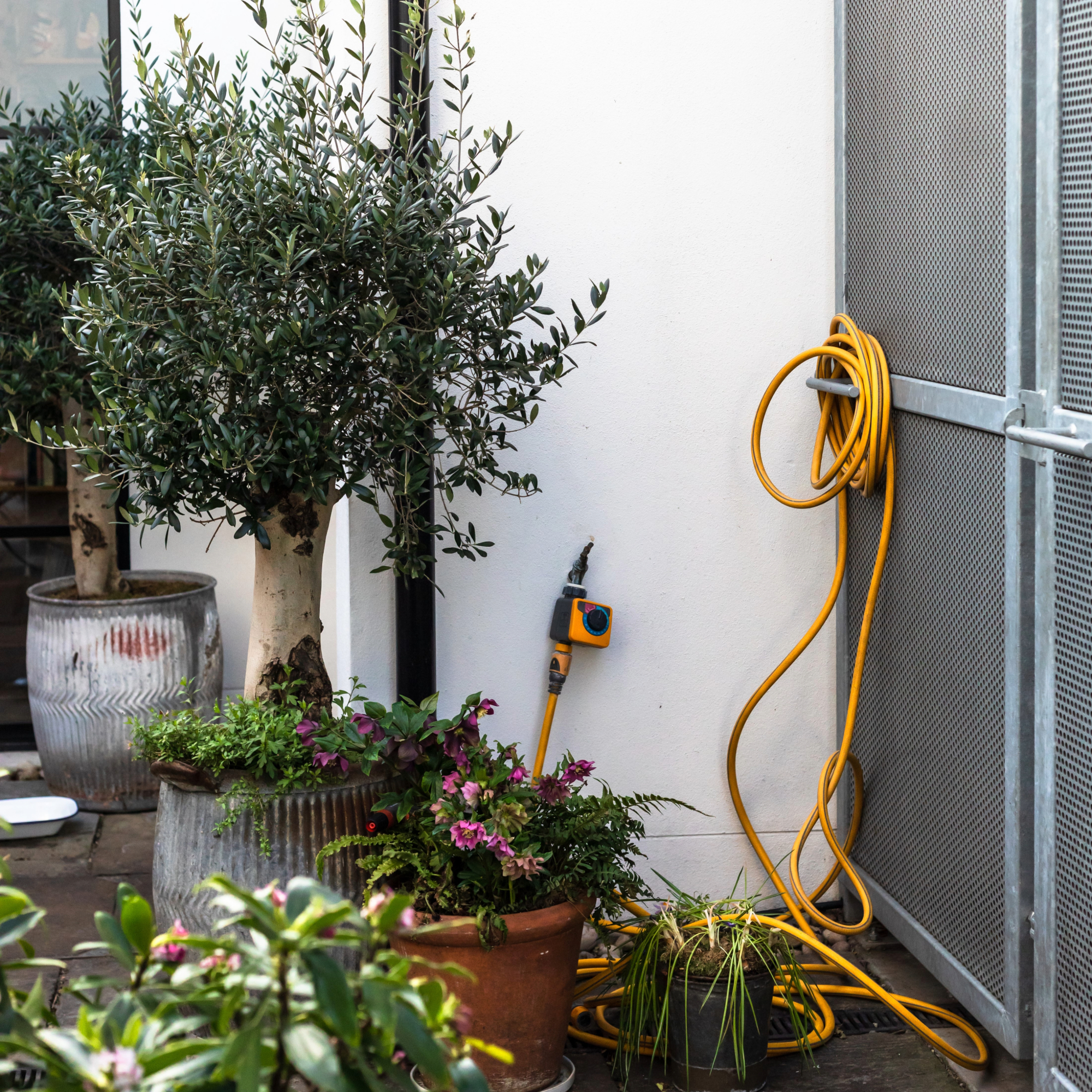
Although olive trees usually require little maintenance and can be left to grow freely, pruning has a number of benefits.
If you’re looking to grow fruit, pruning is needed to encourage energy to the parts of the tree that bear fruit. Plus, pruning cultivates a happier, healthier tree.
‘To keep your tree looking its best year after year, an annual pruning to remove the dead, diseased or injured parts of the tree will encourage good growth patterns,’ says Gareth.
When should you prune an olive tree?
Before pruning your olive tree you need to first consider how old the tree is.
Morris says, ‘If you have a young olive tree, very little pruning should be needed. Instead, you should allow the tree to grow and put its energy into getting stronger in the first few years.
Though you can prune olive trees from late spring to early autumn, when conditions are frost-free, Morris recommends doing it as early in the year as possible. ‘Pruning no later than late spring and into early summer is ideal, so the pruning is complete before flowering.
‘You will see new growth from where you have pruned, which is why it is important to prune in time for that new growth to be strong enough to tolerate winter temperatures.’
Pruning your olive tree too early could result in damage to the tree and too late in the year could stunt its growth. Both are gardening mistakes to avoid when it comes to pruning any plant in the garden.
It's also important to make sure you don't prune your olive tree at the wrong time of year. 'Never prune olives in the autumn through to winter as this will leave them susceptible to disease,' advises Kate Turner, Miracle-Gro's resident gardening guru.
Can you prune an olive tree too hard?
The good news is that olive trees, like other evergreens, respond well to pruning.
‘You can't really prune an olive tree too hard’, says Ted. ‘Pruning your olive tree harder will stimulate more dense growth from the closest node, whilst a lighter prune will help to shape the tree.'
With a little time and trimming, olive trees can thrive in any space, indoor or out.
Get the Ideal Home Newsletter
Sign up to our newsletter for style and decor inspiration, house makeovers, project advice and more.

Sophie joined the Ideal Home team as Gardens Editor in June 2024. After studying English at Royal Holloway, University of London, she began writing for Grow Your Own, which spurred on her love of gardening. She's tried growing almost every vegetable under the sun, and has a soft spot for roses and dinnerplate dahlias.
As Gardens Editor, Sophie's always on the lookout for the latest garden trend. She loves sharing growing hacks for every space, from herbaceous borders to balconies.
-
 Stripes have got a bold new look – here’s how to make the trend work in your home, according to interior experts
Stripes have got a bold new look – here’s how to make the trend work in your home, according to interior expertsAdd a pop of personality to the classic pattern
By Maddie Balcombe
-
 What to do if you've sown the wrong grass seed – experts reveal exactly how to fix it and get your dream lawn back on track
What to do if you've sown the wrong grass seed – experts reveal exactly how to fix it and get your dream lawn back on trackDon't panic! Follow this easy guide to putting it right
By Natalie Osborn
-
 This Grand Designs barn conversion kitchen saved this couple half their budget - you wouldn't guess where it's from
This Grand Designs barn conversion kitchen saved this couple half their budget - you wouldn't guess where it's fromSticking to a tight budget doesn't mean you need to compromise on style
By Holly Cockburn
-
 I’ve found the perfect alternative to John Lewis’ sold-out striped garden chair – and you won’t believe where it's from
I’ve found the perfect alternative to John Lewis’ sold-out striped garden chair – and you won’t believe where it's fromJohn Lewis' Sling Garden Chair is one of the most stylish pieces of garden furniture I'd seen – until I tracked down this QVC lounge chair...
By Kezia Reynolds
-
 Lidl is selling a smart tiered planter that will unlock extra planting space in a tiny garden or balcony
Lidl is selling a smart tiered planter that will unlock extra planting space in a tiny garden or balconyWhy I've been eyeing this planter up for my tiny garden
By Kezia Reynolds
-
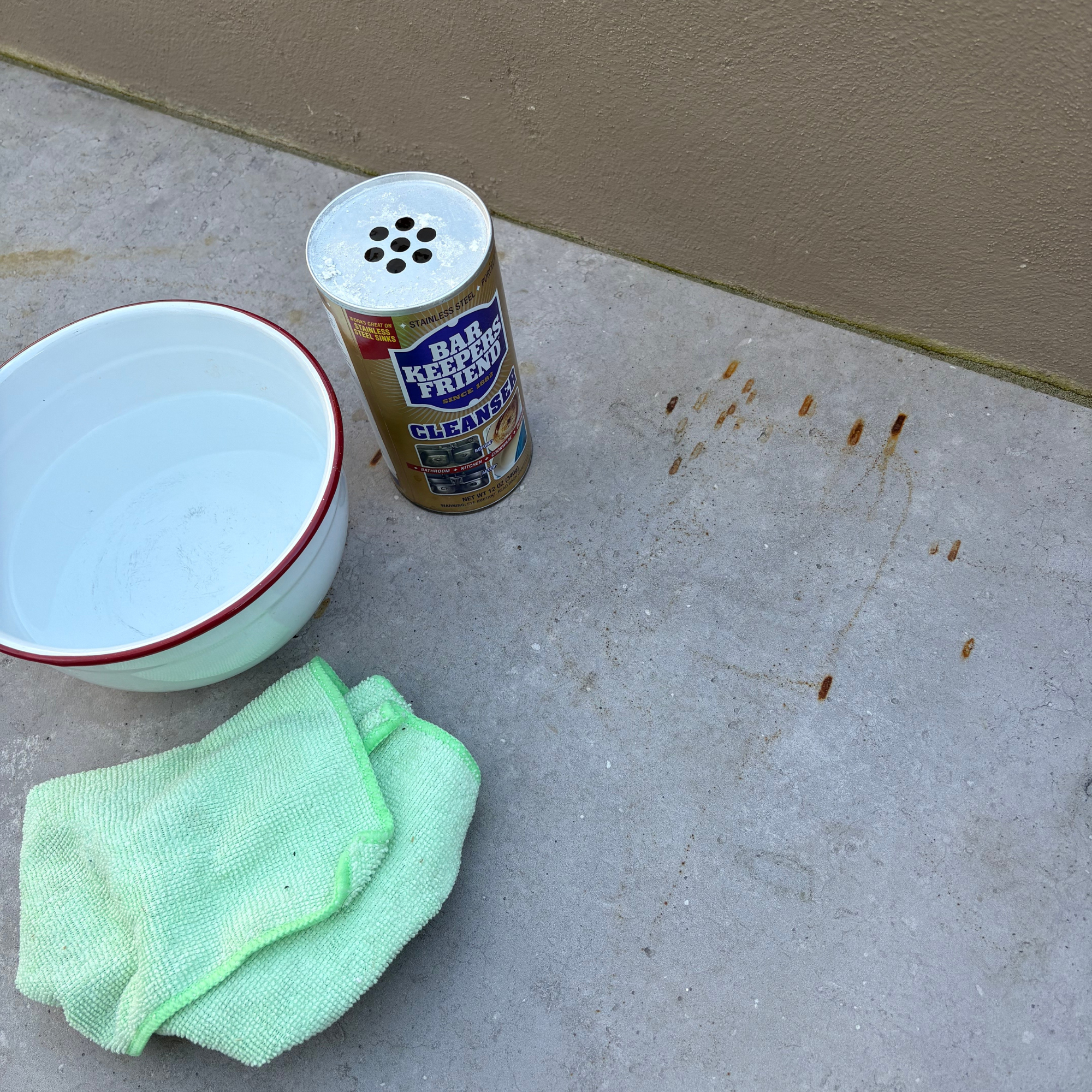 I’ve found the best solution for cleaning stains from a patio - and it’s only £8 on Amazon
I’ve found the best solution for cleaning stains from a patio - and it’s only £8 on AmazonThe stains practically vanish!
By Kezia Reynolds
-
 Lidl’s £15 sun sail is everything you need to create a shady oasis in your garden – and it’s on sale right now
Lidl’s £15 sun sail is everything you need to create a shady oasis in your garden – and it’s on sale right nowWith two stylish colours available, the sun sail will make a chic yet practical addition to any of your garden.
By Kezia Reynolds
-
 B&M has nailed 2025's breakout garden furniture trend - it's one of the most affordable and stylish I've seen
B&M has nailed 2025's breakout garden furniture trend - it's one of the most affordable and stylish I've seenGet the luxe look for less
By Kezia Reynolds
-
 I was shocked to discover a treasure-trove of designer-look garden furniture at La Redoute on sale right now – 6 chic standouts
I was shocked to discover a treasure-trove of designer-look garden furniture at La Redoute on sale right now – 6 chic standoutsGive your garden that high-end look
By Sara Hesikova
-
 Lidl garden range includes a genius hack to instantly make a patio look more expensive – and it's only £17
Lidl garden range includes a genius hack to instantly make a patio look more expensive – and it's only £17Is your patio decking looking a little tired? We suggest you head to your nearest Lidl right away
By Kezia Reynolds
-
 Aldi's BBQ top pizza oven is back in time for summer – and it's even cheaper than last year
Aldi's BBQ top pizza oven is back in time for summer – and it's even cheaper than last yearAny budding dough-spinners would be foolish to miss out on this bargain buy
By Kezia Reynolds

